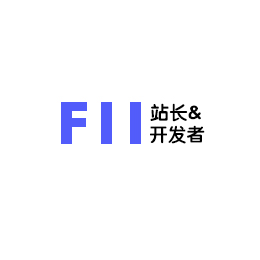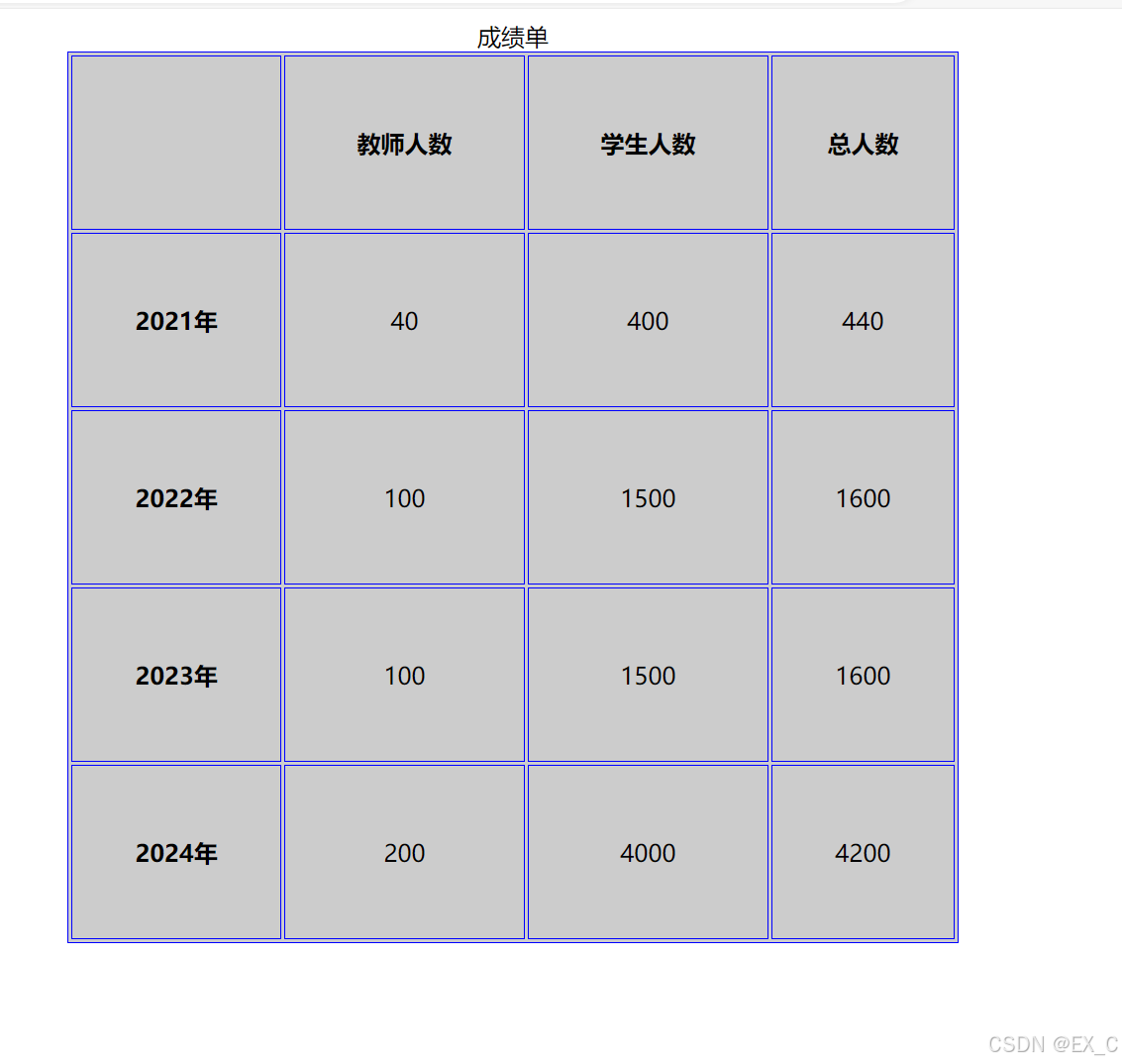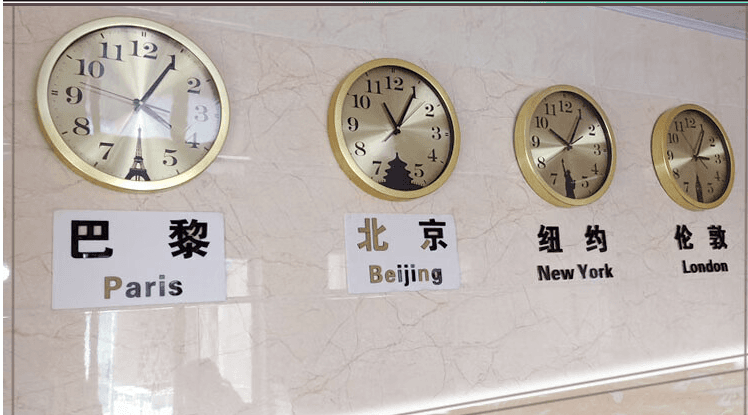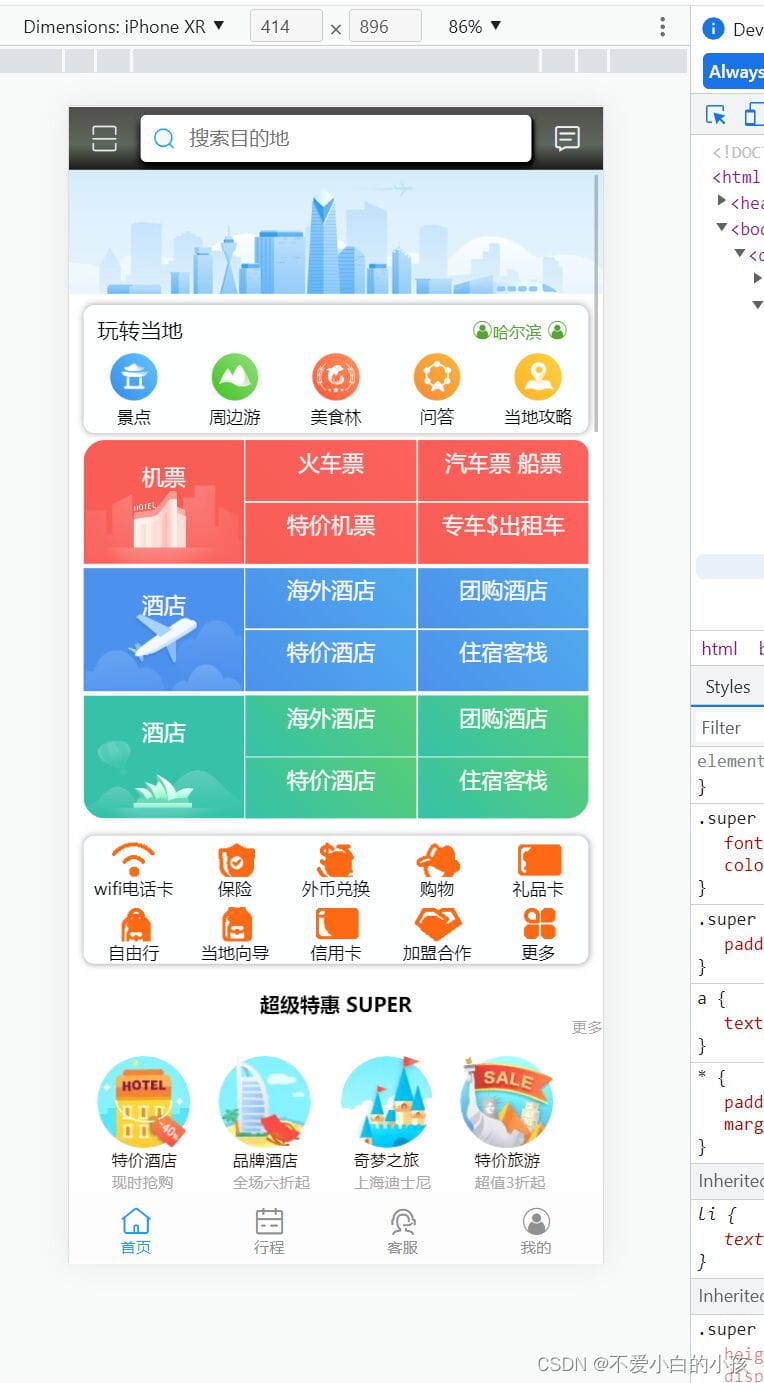html5的响应式布局的方法示例
一 使用媒体查询响应式布局 使用的参数@media这是常用的参数 width,height代表的是浏览器可视宽度,高度 device-width:设备屏幕的宽度 device-height:设备屏幕的高度 使用的是内部样式表 1 2 3 4 5 6 7 8
一 使用媒体查询响应式布局 使用的参数@media这是常用的参数 device-width:设备屏幕的宽度 device-height:设备屏幕的高度 使用的是内部样式表
外部样式 进行创建三个的css的样式 第一个 css-1.css
第二个 css-2.css
第三个 css-3.css
将这三个分别引入到MediaQuery.html中
这就是我们媒体查询的响应式自适应 二 使用flex进行响应式布局我们为什么使用flex 用来为盒状模型提供最大的灵活性。任何一个容器都可以指定为Flex布局更加符合响应 式设计的特点 flex-direction 作用:子元素在父元素盒子中的排列方式 row-reverse:与row相同,但是以相反的顺序 column:灵活的项目将垂直显示,按从上到下的顺序 column-reverse:与column相同,但是以相反的顺序 flex-wrap 作用:子元素在父元素盒子中的是否换行(列) nowrap:默认值。不换行或不换列。 wrap:换行或换列。 wrap-reverse:换行或换列,但以相反的顺序。 justify-content 作用:用来在存在剩余空间时,设置为间距的方式 flex-start:默认值。从左到右,挨着行的开头。 align-items 作用:设置每个flex元素在交叉轴上的默认对齐方式 flex-start:位于容器的开头。 align-content 作用:设置每个flex元素在交叉轴上的默认对齐方式 flex-start:位于容器的开头。 其他属性 flex-basis:设置弹性盒伸缩基准值。 三 CSS Grid基础布局:网格容器与项目
响应式网格:自动换行
|
您可能感兴趣的文章 :
-
HTML5定位大全之相对定位、绝对定位和固定定位
在HTML5和CSS中,定位(positioning)是控制元素在页面上位置的重要机制。主要有四种定位方式:静态定位(static)、相对定位(relative)、绝对定位( -
html5的响应式布局的方法示例
一 使用媒体查询响应式布局 使用的参数@media这是常用的参数 width,height代表的是浏览器可视宽度,高度 device-width:设备屏幕的宽度 device-hei -
HTML5表格语法格式介绍
一、表格 在HTML语法中,表格主要通过 table 、 tr 和 td 3个标签构成。 表格标签为 table ,行的标签为 tr ,表项的标签为 td 。 1.表格语法格式 -
HTML5中的Microdata与历史记录管理介绍
HTML5中的Microdata与历史记录管理 背景简介 随着HTML5技术的发展,Web应用的开发和设计经历了巨大的变革。其中,Microdata作为HTML5新增的一个特 -
HTML5 data-*自定义数据属性的代码
HTML5 引入的自定义数据属性(data-*)为开发者提供了一种将自定义数据嵌入HTML元素的标准方法。 这个特性使得在不使用非标准属性或额外的 -
CSS弹性布局常用设置方式
一、单位元素 vm 1vm 为视口的1% vh 视口高的1% vmin 参照长边 vmax 参照长边 rem 等比缩放 需要设置最外层盒子html设置vw 根字号html的--- font-- 1v -
使用CSS3实现平滑的过渡动画效果
要使用CSS3实现平滑的过渡动画,可以按照以下步骤进行: 1:定义初始状态:首先,为元素设置其初始样式。这通常是在CSS中直接定义的样 -
HTML5超链接的创建方法
超链接是网页中最常用的元素,每个网页通过超链接关联在一起,构成一个完整的网站。超链接可以是网页中的任何元素,只有通过超链接
-
HTML5+CSS+JavaScript实现捉虫小游戏的代码
2021-10-12
-
Html5播放hls格式的视频代码
2024-08-28
-
canvas绘制折线路径动画实现
2021-05-12
-
HTML5表单的自动验证、取消验证、自定
2024-09-23
-
canvas绘制太极图的实现
2020-05-01












